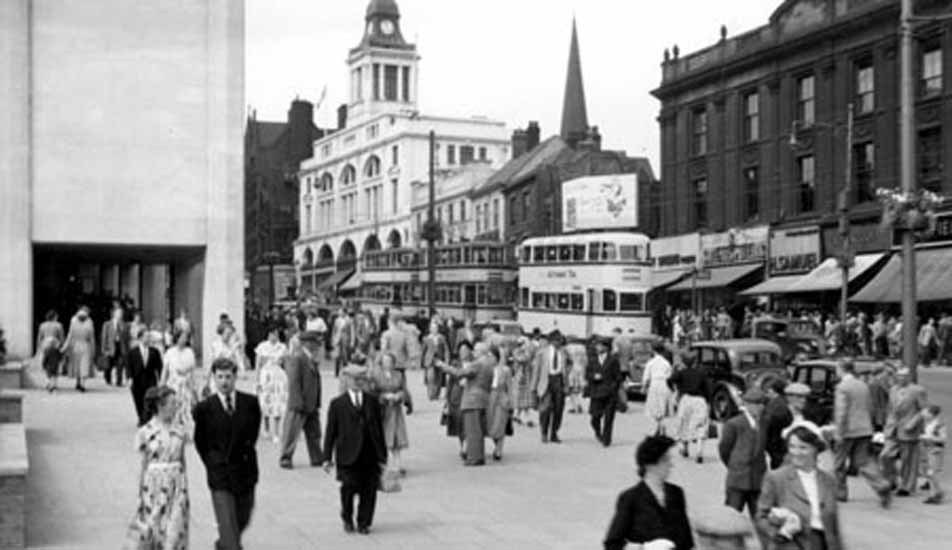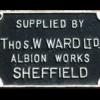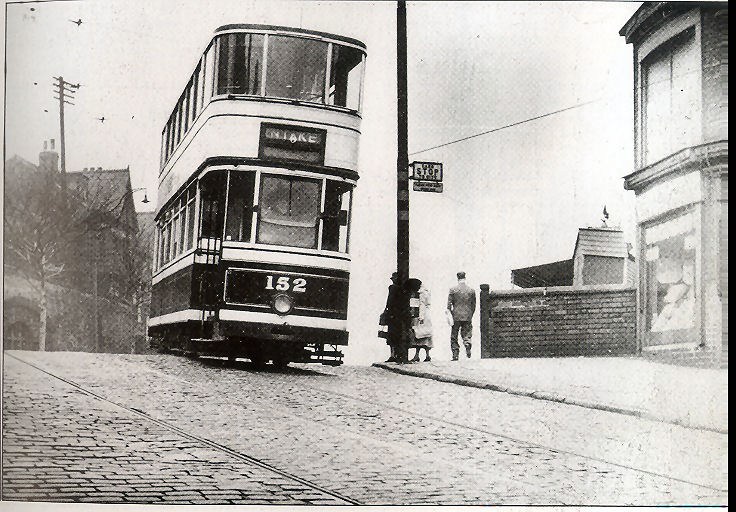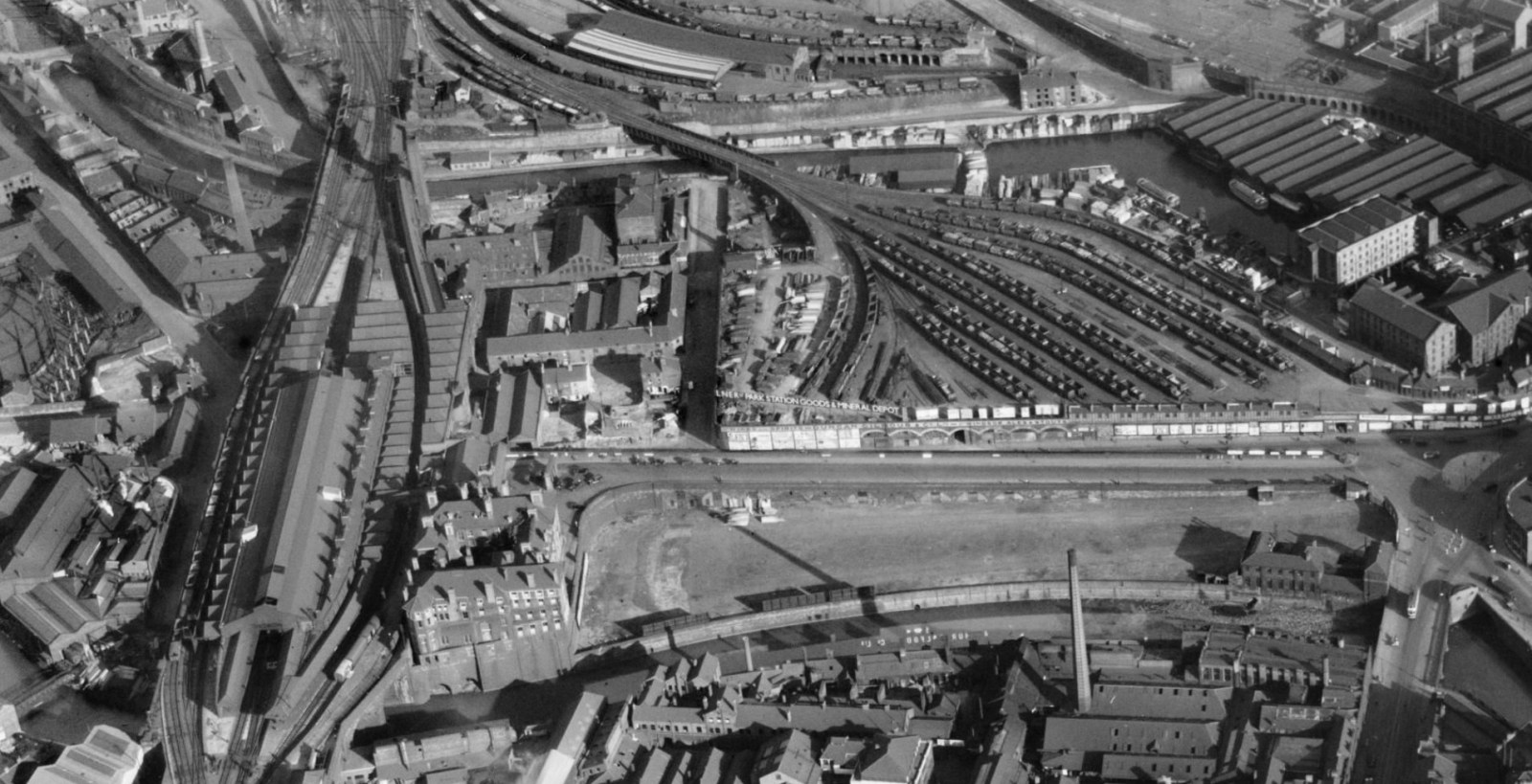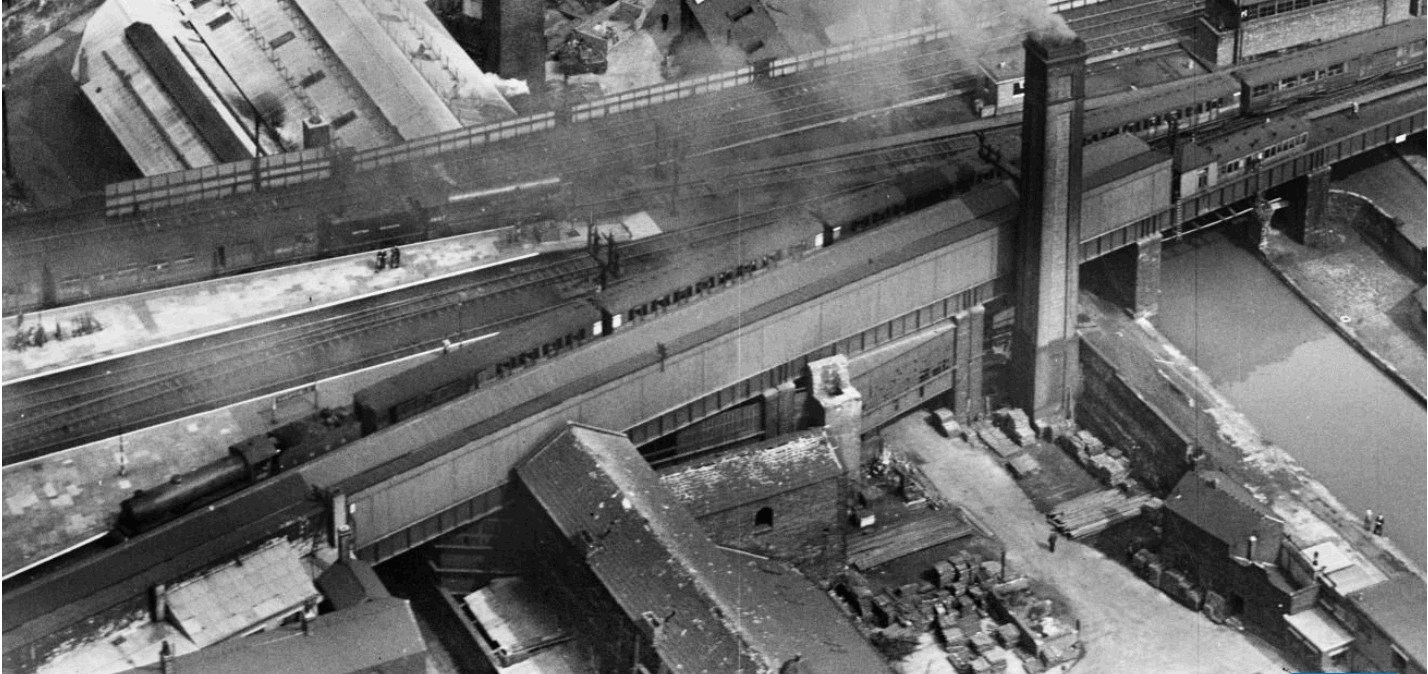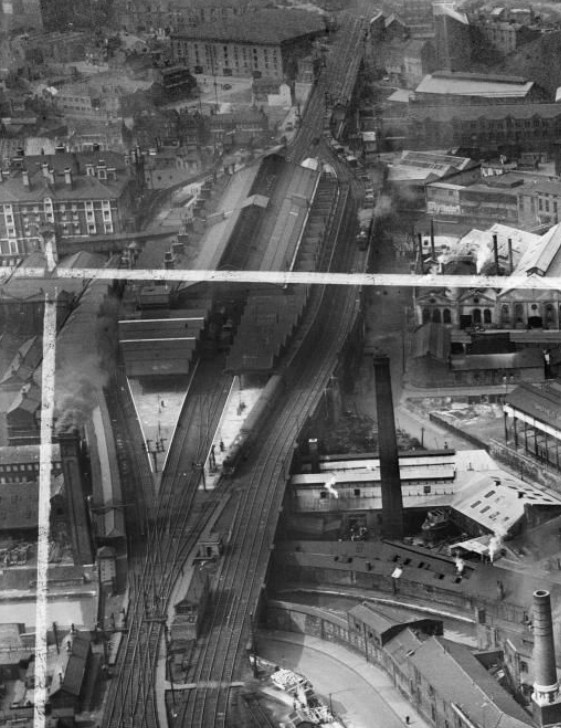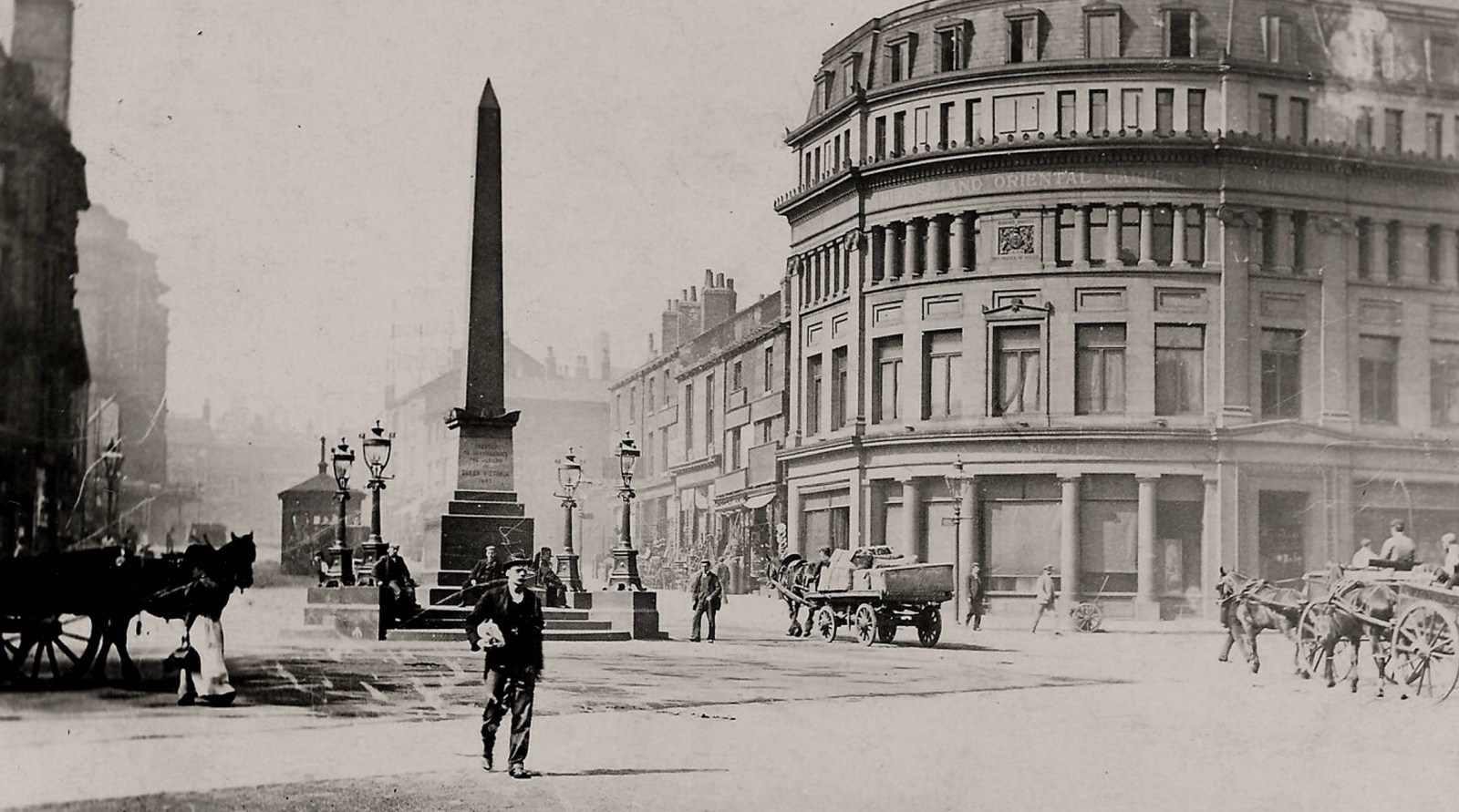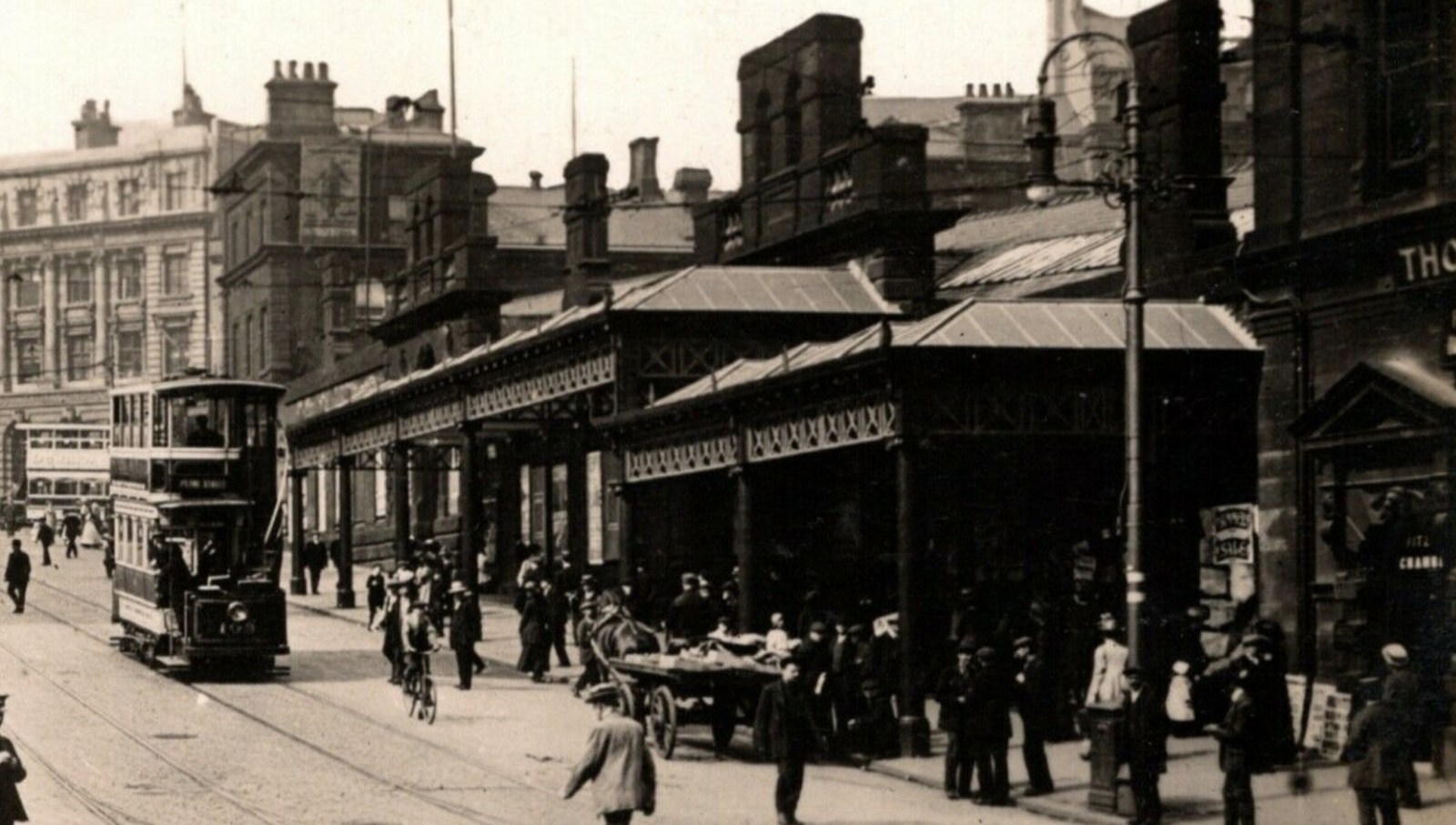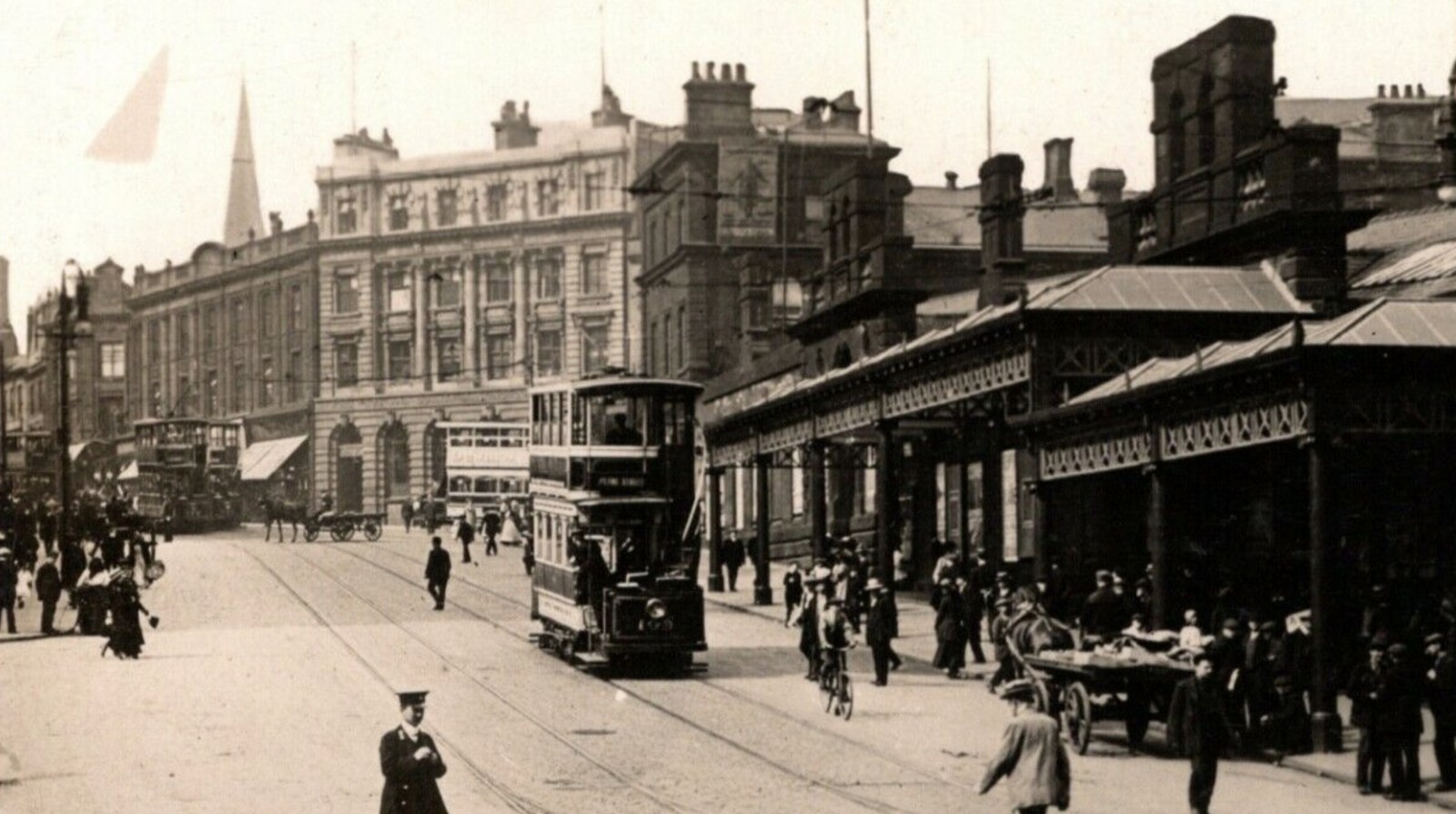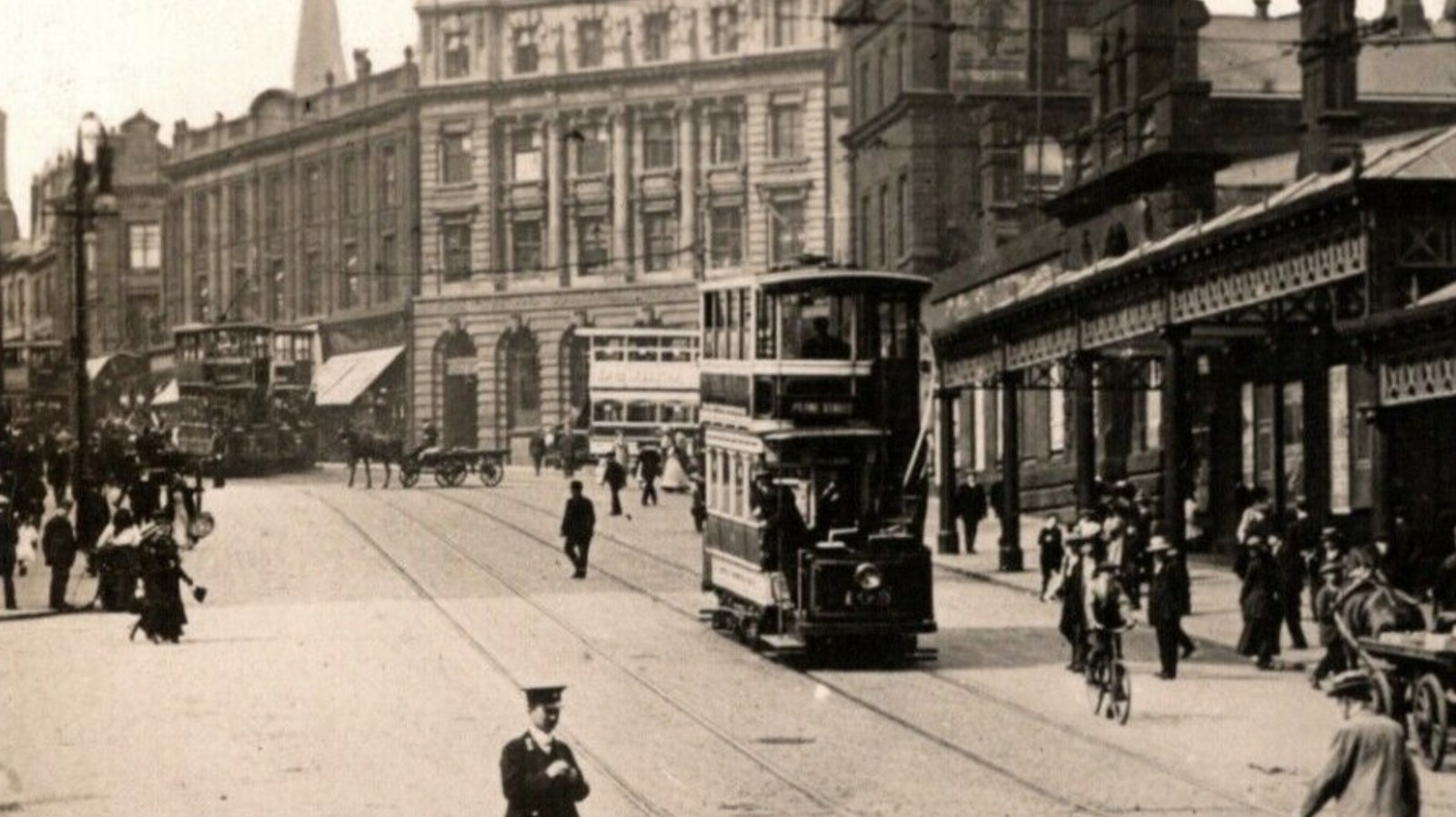Leaderboard
Popular Content
Showing content with the highest reputation on 05/05/20 in all areas
-
As the cottages were there well before the trams I would think it unlikely, the Intake route didn't open until 1928. The tram in the picture is standing at the Board of Trade compulsory stop at the top of Barber Road, also known as the "Barber Road hump". All trams had to come to a complete stop here and put down their track brakes before descending the steep hill, to make sure they didn't "run away". Nigel L2 points
-
1 point
-
Barkers Pool Site history From the expansion of the town outside the castle walls to the present day, Barker Pool has been a place of significance in Sheffield. The area was known as Balm Green until 1434 when the pool was formed. Its importance to the city before this lay in the adjacent orchards and its topographical position above Sheffield. Until the major expansion of the city in the 19th century it remained the highest point in Sheffield. The first documented evidence of the pool as a walled structure was in 1567 and from then until 1786 it was kept in working order by the town. The pool was formed to collect the run off water of a number of natural springs. In 1572 a shuttle was made which enabled the water flow down Fargate and the High street to the ponds at the foot of the valley. This was to wash away rubbish once a month and to aid early fire fighters. By 1753 the pool had become a fetid, stagnant sess pit and was removed due to improvement in the water supplies in the area largely supplied by the Crookesmoor Valley dams. A hand pump remained on site in Barker Pool until 1876 when it was removed and with it the last traces of the water supply in the area. By the early 19th century, Sheffield is at the centre of the industrial revolution and manufacturing processes are rapidly advancing. The town as a whole has changed from being a green and pleasant haven to a smog-laden hell. Balm Green and Barker Pool saw the earliest effects of industrialisation away from the rivers, as a result the area saw the development of a unique building typology. The last working example of this is the Cambridge Works on Cambridge Street By the middle of the 19th century the role of Barker Pool was changing again as industry moved to bigger premises along the on alley. By 1850 The town has over doubled in size and is on its way to becoming a regional centre. in 1873 the Albert Hall opened on the site now occupied by Cole Brothers. This heralded the change of the area from industrial to cultural. The hail was used as a music hall, theatre and latterly a cinema . By 1926 the area saw its industrial heritage largely destroyed for the pursuit of leisure. For very different reasons Barker Poll remained a significant centre in Sheffield. Further industry in the area suffered heavily during the blitz of world war II. In 1937 the Albert Hall had burnt down. With these developing gaps shops, always an important feature of Barker Pool began to creep back. Another different building type began to establish itself the office block. The Grand Hotel was finally demolished in the 1970's to make way for Fountain Precinct and Pool House and yet this typology had been developed, rather more attractively on the site one hundred years previously for the Sheffield Water Board. This is now a bar but until very recently has functioned predominantly as offices. Today the area suffers despite its cultural importance from an apparent tack of definition. Perhaps the only hint at the historical significance of the area is the memorial to world war. I, however one must remember that this memorial to the dead stands on the site of a Victorian urinal. Summary: Barker�s Pool, originally known as Balm Green until 1434, has always been an important part of Sheffield. Originally a collecting point for a number of natural springs it later became a major area for industry and retail. By the middle of the 19th century it�s role changed as industry moved to larger premises and was replaced by more culturally orientated buildings. Music Halls such as the Albert Hall arose, and previously industrial buildings took on new roles as the Grand Hotel , Gaumont picture House and City Hall. It wasn�t until the blitz of the second world war that new retail shops started to creep back in to fill the gaps along with a new breed of building to the area: offices and bars. Balm Green 1900 (Site of the City Hall) Balm Green 1865 (Looking up Division street across Carver Street) Barkers Pool 1920 Barkers Pool 1890 Modern day shot of above1 point
-
1 point
-
So in essence, can ANYONE who worked at Hallam in 1974 particularly, get in touch with me, as I am seeking historical info that cannot be found anywhere else. Most of this relates to the layout of the building, and equipment in use. For example, Hallam opened with what appears to be three GATES turntables with GRAY RESEARCH tonearms, quite standard at the time, but being phased out. In a picture only a year after opening, these turntables have gone, replaced with EMT 930 broadcast turntables. I believe that these were replaced by EMT 950 decks by the end of the 1970's? I am quite sure when I was in the studio in 1978, the EMT 930's had gone.1 point
-
Once again you guys have come up trumps Absolutely outstanding detective work again! Thank you all so much We're blessed to have such a great site with such knowledge!1 point
-
High Street at some time between 1901 and 1905, with Walsh's and the Westminster Hotel prominent. From my collection1 point
-
1 point
-
1 point
-
1 point
-
1 point






